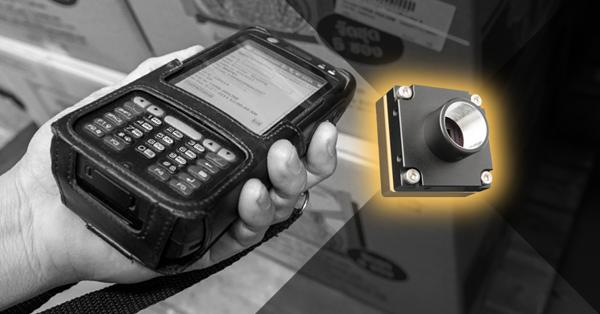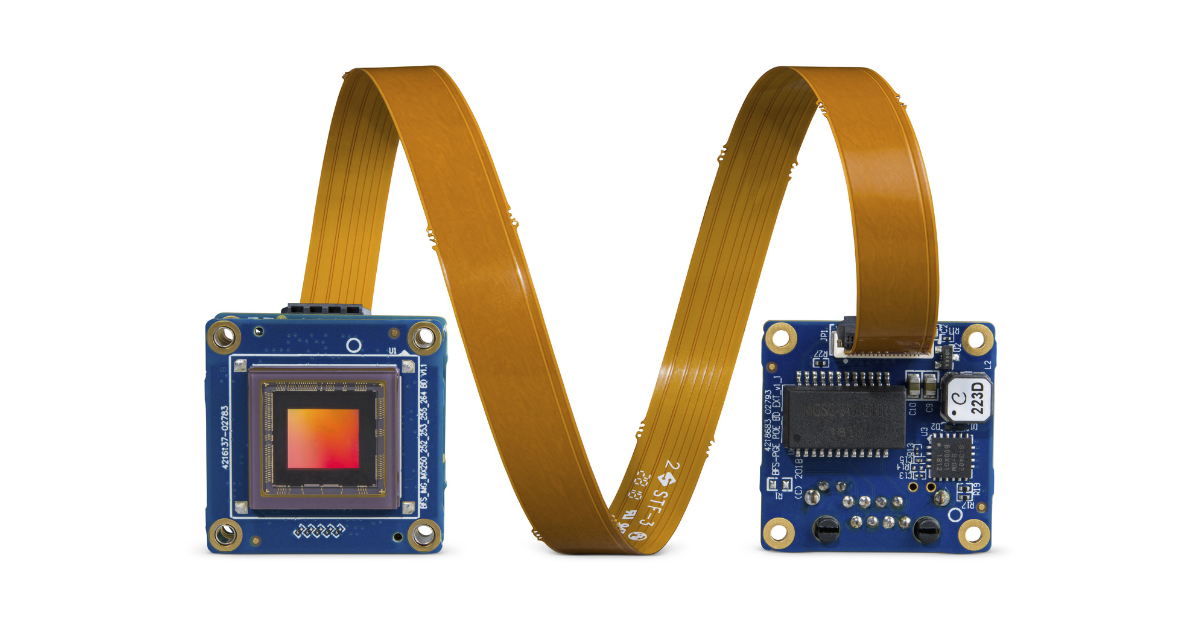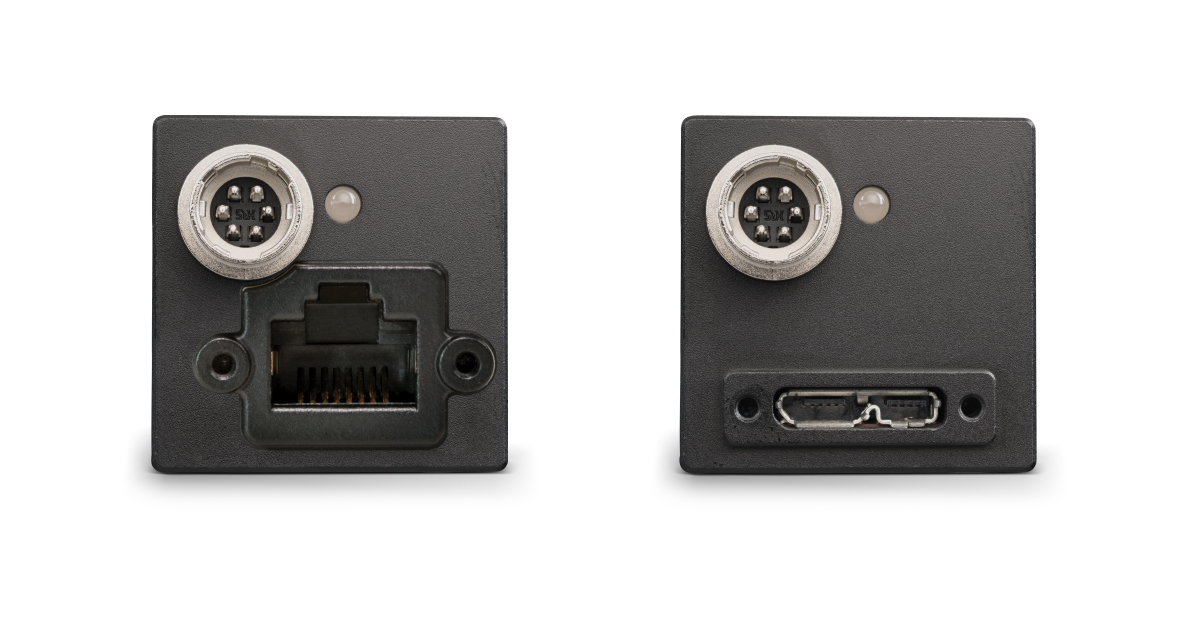Rolling down the cost of 3D confocal microscopy
Historically, engineers employed 3D printers simply to produce rapid prototypes of products from digital files. But since new 3D printers are now capable of building parts with dimensional tolerances equivalent to those of traditional machining techniques, they are also being considered for use in production environments.
To enable 3D printed parts with micrometer-sized features to be substituted and accepted as functional components in systems, however, they must be verified as accurate, precise and within specification. While 3D printer manufacturers do specify the resolution of the parts their printers are capable of producing, aside from visually inspecting them, few quality assurance techniques are currently employed to ensure that parts meet a given design specification.
Existing techniques
Several contemporary metrology tools could potentially be used to inspect parts manufactured by 3D printers. Aside from standard optical microscopy, scanning electron microscopes (SEMs), confocal scanning laser microscopes (CSLMs) or optical profilometers could all enable the surface topography of parts to be characterized.
As effective as they are, these tools are unsuitable for use on a production line. While SEMs usually require time-consuming sample preparation, CSLMs and optical profilometers must typically perform millions of point-by-point measurements over a 3D volume to create a depth map. What is more, the high resolution achieved by CSLM and optical profilometry is generally far greater than the tolerances of the parts fabricated by 3D printers.
Hence there is an urgent requirement for an inexpensive automated system that can accurately measure the tolerances of parts manufactured using 3D printers without the inherent disadvantages of existing techniques. To meet that need, Swept Image (Toronto, ON, Canada) has now developed an innovative electro-optical measurement system called SweptVue that enables engineers and scientists to measure micron scale objects with confidence.
Microscope adapter
The SweptVue system itself is an adapter that replaces the observation tube of an Olympus SZX7 stereo microscope (Olympus America Inc., Center Valley, PA), essentially transforming it into a digital line scanning confocal measurement system.
To do just that, the system uses one of the microscope's two independent and parallel optical pathways to illuminate a part with lines of light from a Texas Instruments (Dallas, TX, USA) LightCrafter digital light projector. The other optical pathway channels scattered light onto a two-dimensional pixel array Sony IMX035 rolling shutter CMOS sensor featured in a FLIR 1.3 MP Flea3 USB 3.1 camera (Richmond, BC, Canada). The use of physically separate illumination and detection pathways in the stereo microscope creates an optical triangulation system for measuring depth. Light is captured from the sample at different depths by synchronizing the time at which the light is projected across the sample with the position of the rolling shutter in the camera, which is controlled by varying the start of a frame exposure.
By rapidly stepping through a series of camera trigger delays, the SweptVue system can then collate the stack of images captured at varying depths to produce a depth map. From the depth map — which can be colorized to provide a means to visualize the 3D features of the part — the system can automatically measure the micrometer-scale features of parts manufactured by the 3D printer.
"While cameras with rolling shutters have been criticized for their performance when imaging moving targets, these characteristics were used to our advantage in the SweptVue system. By synchronizing the illumination pattern on the part with the rolling shutter, light returned from different heights on the part is shifted laterally at the sensor, enabling features to be captured at specific depths. What is more, we can quickly shift between depths by changing the trigger delay on the Flea3 camera," said Mr. Matt Muller, Co-Founder of Swept Image.
The ability to image at different depths by switching the trigger delay of the camera is a vitally important feature of the system. In a confocal microscope or profilometer, a mechanical stage needs to be moved to enable images of a part to be captured, a process which not only causes vibration and hysteresis, but also takes time.
The requirement for such motion control systems is one reason why conventional systems can cost over $50k. The cost of the SweptVue system, on the other hand - which requires no physical movement of a part - is estimated to be less than $10k.
Quality assurance
To demonstrate the effectiveness of the new SweptVue system as a quality assurance tool, a set of sample parts built on a 3D printer were analyzed to determine their accuracy and precision. In the process, the SweptVue system highlighted the fact that the tolerances of the parts built by the printer varied considerably from the original design specification by as much as several times the printer's build resolution.
Despite the fact that many engineers and scientists currently take for granted that the parts they print from a 3D printer are perfectly accurate, without a tool such as the SweptVue system — which can verify their dimensions with a depth resolution of 5µm and a lateral resolution of 1µm — it will be impossible for them to reliably use such parts as replacements for existing machined parts in production environments.
Images courtesy of Swept Image, Inc., which was a Toronto, Canada based start-up company that developed cost-effective 3D microscopy tools for microfabrication quality assurance.


